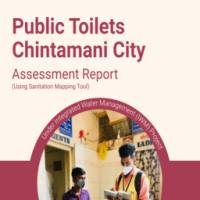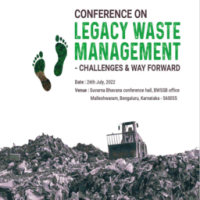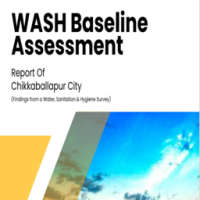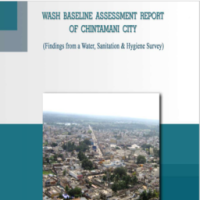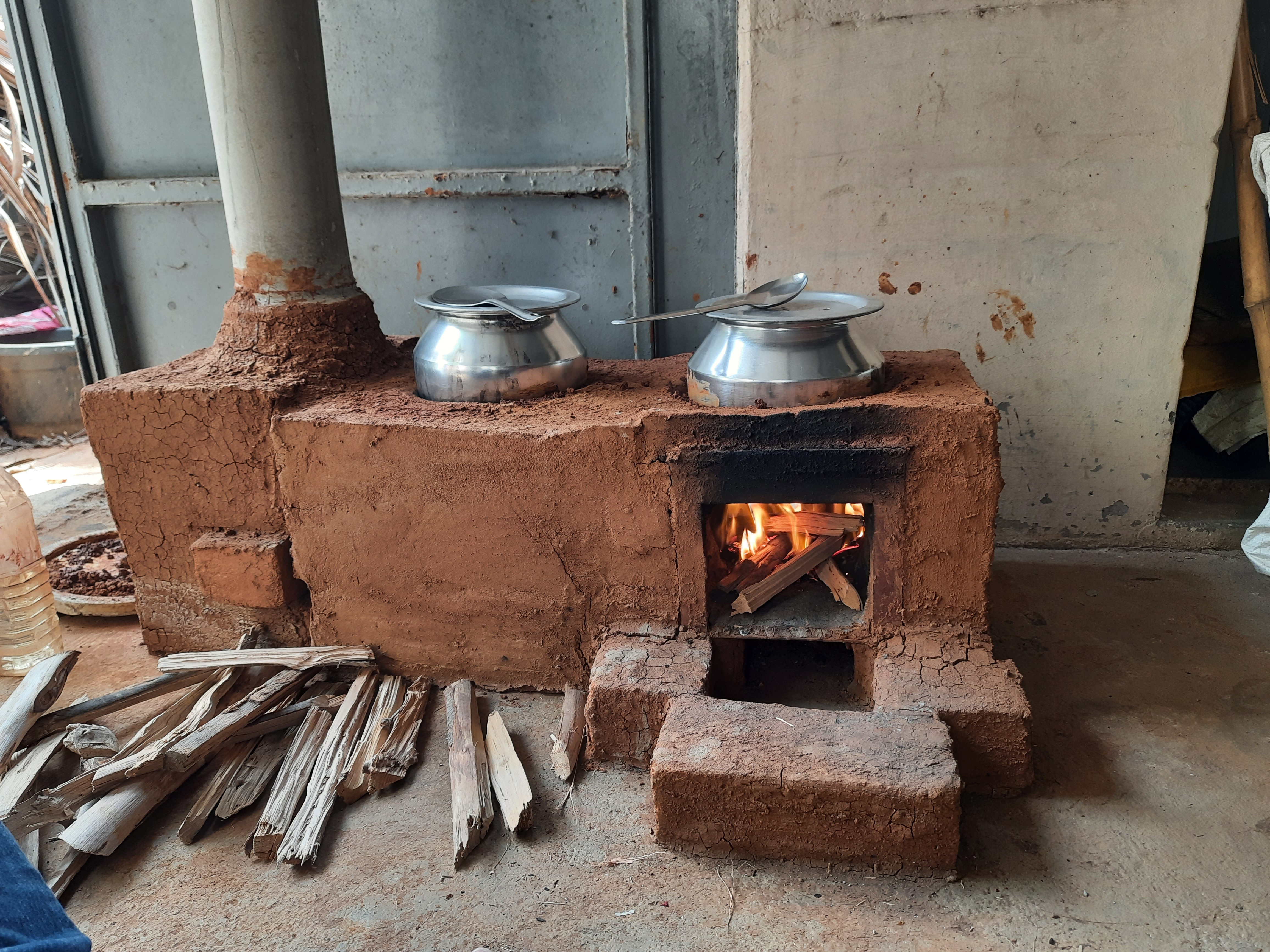Publications
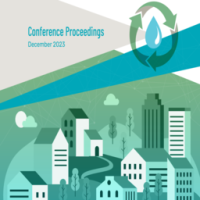
Conference Proceedings Report for Conference on Small Town Urban Agenda
Published: January 2024
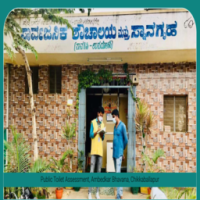
Publit Toilets and Community Toilets in Chikkaballapura, Assessment report
Published: January 2024
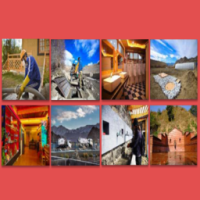
Technical Report on Groundwater Scenario in Chintamani CIty, Karnataka Leading to Plan for Revival of Defunct Borewells along with suitable Recharge Options
Published: January 2022
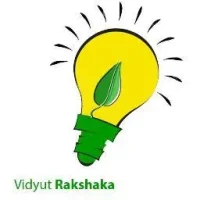
Shifting Household Energy Use in Bangalore, India: Using Behaviorally Informed Energy Reports
Published: January 2022

Bangaloreans, still confused with your May 2020 bill? Try this calculator
Read this primer to understand your May 2020 electricity bill.
Published: May 15 2020

Bangaloreans, Are you baffled by your May 2020 home electricity bills?
Read this primer to understand your May 2020 electricity bill.
Published: May 7 2020

Opinion piece: When the lights went off on 5th April
When the lights went off: Insights on lighting loads and need for ground-level data in residential sector.
Published: April 8 2020
Lorem ipsum
Quis ipsum suspendisse ultrices gravida. Risus commodo viverra. Lorem ipsum dolor sit amet, consectetur adipiscing elit, sed do eiusmod tempor incididunt ut labore et dolore.

Conference Proceedings Report for Conference on Small Town Urban Agenda
Published: January 2024

Publit Toilets and Community Toilets in Chikkaballapura, Assessment report
Published: January 2024

Technical Report on Groundwater Scenario in Chintamani CIty, Karnataka Leading to Plan for Revival of Defunct Borewells along with suitable Recharge Options
Published: January 2022

Shifting Household Energy Use in Bangalore, India: Using Behaviorally Informed Energy Reports
Published: January 2022

Bangaloreans, still confused with your May 2020 bill? Try this calculator
Read this primer to understand your May 2020 electricity bill.
Published: May 15 2020

Bangaloreans, Are you baffled by your May 2020 home electricity bills?
Read this primer to understand your May 2020 electricity bill.
Published: May 7 2020

Opinion piece: When the lights went off on 5th April
When the lights went off: Insights on lighting loads and need for ground-level data in residential sector.
Published: April 8 2020

